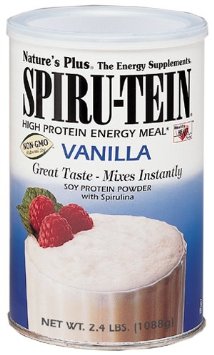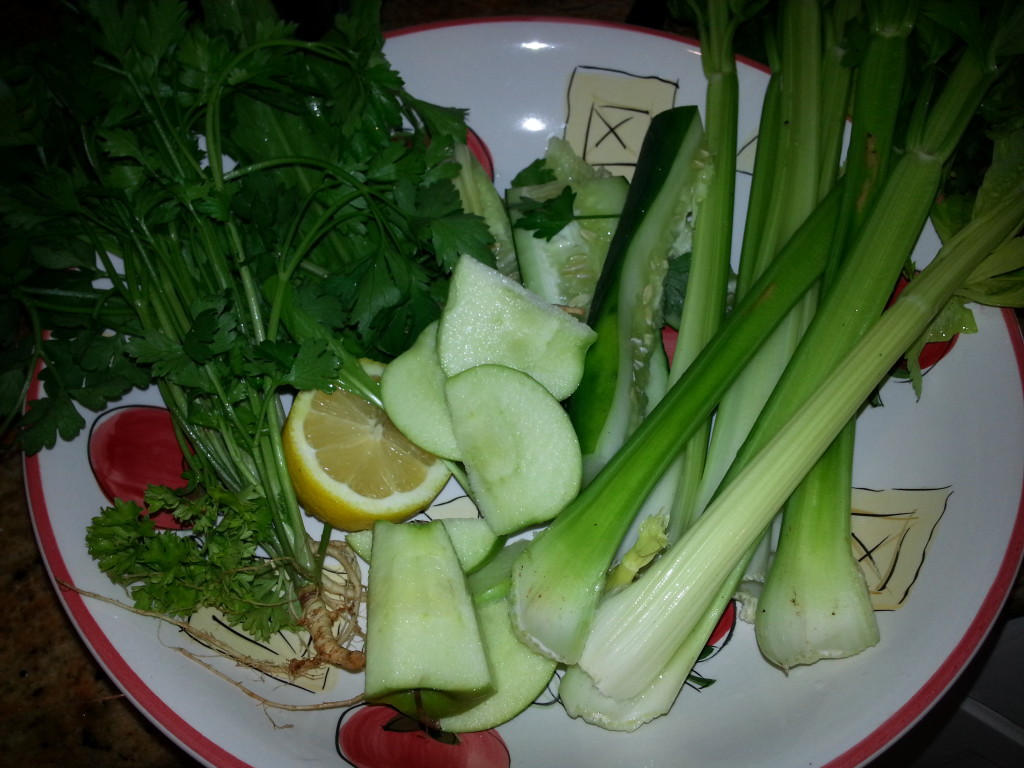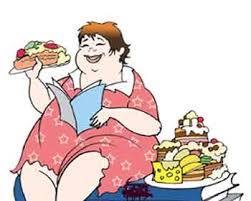What is in Your Protein Shake

[contact-form][contact-field label=’Name’ type=’name’ required=’1’/][contact-field label=’Email’ type=’email’ required=’1’/][contact-field label=’Website’ type=’url’/][contact-field label=’Comment’ type=’textarea’ required=’1’/][/contact-form] I don’t know about you but when I started looking for a protein powder there were so many on the shelves of the health food store, I had no idea which one to chose. After a little research on the Internet, I learned […]
The Wonderful Benefits of Celery

Celery, and it must be organic, is one of my favorite vegetables to juice. I love the fresh taste, the ease of pushing it through the juicer, and the smell of fresh celery just being juiced. I find it so refreshing. I just lowered my blood pressure and I believe I owe it all to […]
Are You a Binge Eater?

Are you a binge eater? Nothing to be ashamed to admit. You are amongst friends. I was a binge eater and I started young. Let me clarify that I am not the kind of binge and purge kind of binge-er. I am the eat everything sweet or carbohydrate in the house kind of eater. Or […]
Sarah’s Story: Quitting Sugar Saved My Thyroid.

Quitting Sugar Saved My Thyroid: Sarah Wilson’s Story By Everyday Health Guest Contributor Published Jan 13, 2014 By Sarah Wilson, Special to Everyday Health Every now and then our bodies like to tell us, in no uncertain terms, to stop and take note. A common cold politely tells us to back off when we’re pushing […]